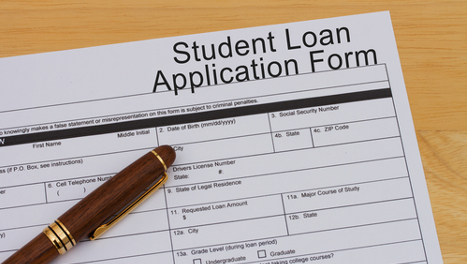Student Loans Create 9% Dip in 2014 Lease Approvals

By subscribing, you agree to receive communications from Auto Remarketing and our partners in accordance with our Privacy Policy. We may share your information with select partners and sponsors who may contact you about their products and services. You may unsubscribe at any time.
CINCINNATI and ATLANTA –
The pool of subprime borrowers for finance companies to service potentially could be getting deeper judging by the reason Swapalease.com cited as the trigger for auto lease credit approvals for 2014 dropping by nearly 9 percent year-over-year.
Swapalease.com reported last year’s rate settled at 69.0 percent, down from the 2013 approval rate of 77.7 percent. December ended with a monthly approvals rate of 60.9 percent, down from the previous December that saw 73.3 percent auto lease approvals.
Swapalease.com executive vice president Scot Hall explained student loans continue to be a factor in vehicle lease credit approvals since leasing is popular with shoppers under 35 years old.
And while lease penetration rates have risen to near all-time highs entering 2015 — with nearly 30 percent of all new-vehicle sales now representing leases — Hall maintained that credit remains the lifeblood of the lease transaction.
"The year ended much the same way it progressed, with turbulence as the approvals theme for the entire 2014 campaign," Hall said. "We feel that as long as there is a concern with student loans, there will continue to be volatility in credit approval rates in our marketplace.”
And that volatility might not be dissipating anytime soon. Amy Crews Cutts, senior vice president and chief economist at Equifax, pointed out how much student loans constitute non-mortgage consumer debt, which Equifax determined to be $3.1 trillion. Equifax said that November reading was the highest level in more than five years.
Subscribe to Auto Remarketing to stay informed and stay ahead.
By subscribing, you agree to receive communications from Auto Remarketing and our partners in accordance with our Privacy Policy. We may share your information with select partners and sponsors who may contact you about their products and services. You may unsubscribe at any time.
When discussing the Equifax National Consumer Credit Trends Report last month, Crews Cutts noted that student loans have grown from 20.2 percent to a “whopping” 37.3 percent of that non-mortgage consumer debt amount.
When consumers aren’t approved at the dealership because of stressed credit levels because of factors such as outstanding debt, they can turn to the Swapalease.com marketplace as a vehicle-shopping alternative.
While Swapalease.com saw a larger volume of car lease shoppers overall in 2014, roughly 10 percent more compared with 2013 levels, the marketplace also saw a larger number of distressed shoppers that came with student loan burdens that altered the credit approval rate.
In light of the student-loan figure, Cutts said, “One way to read this change is that consumers now value investment (in their education and durable goods like cars) over immediate consumption, which is good for our economy over the long run.”


